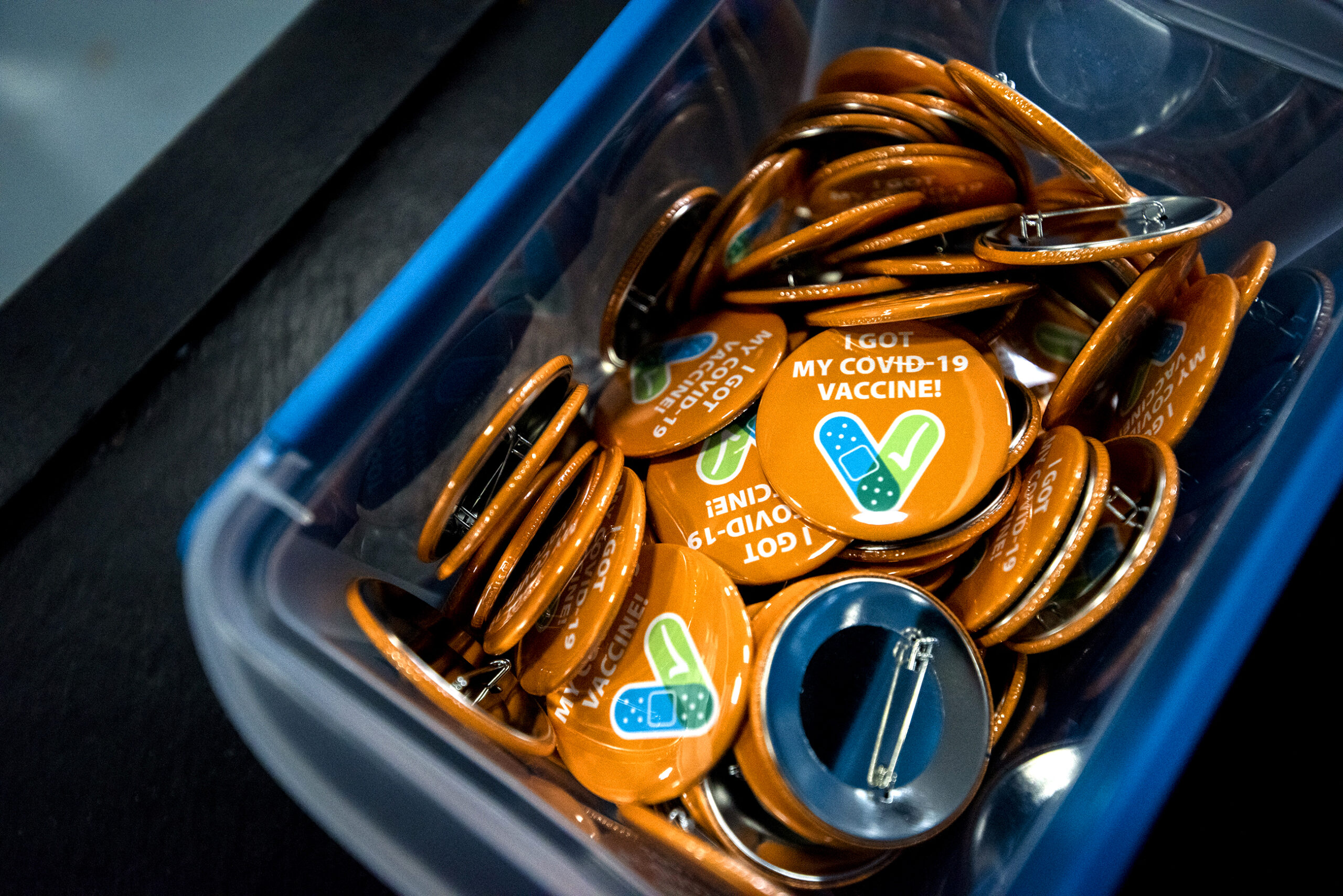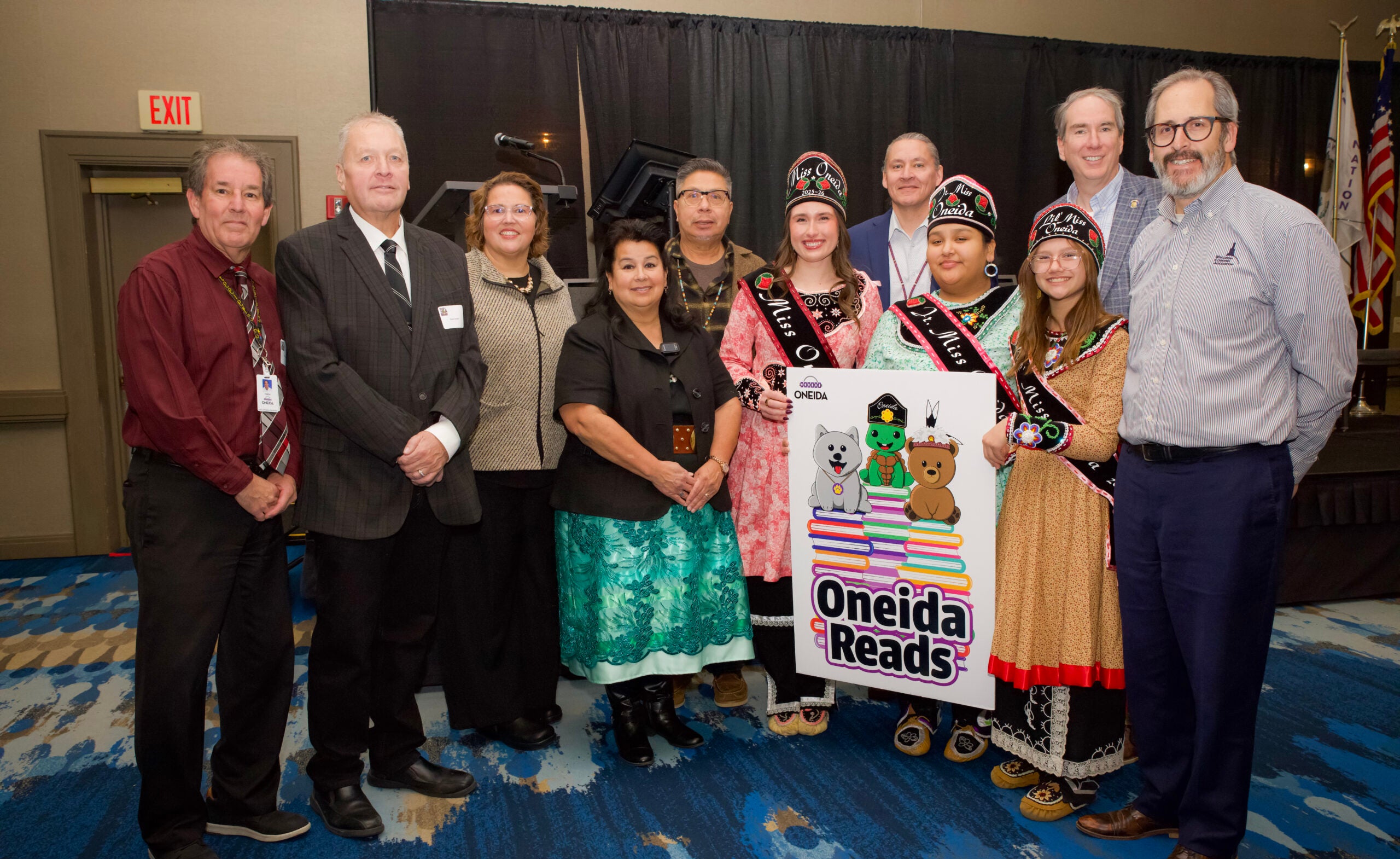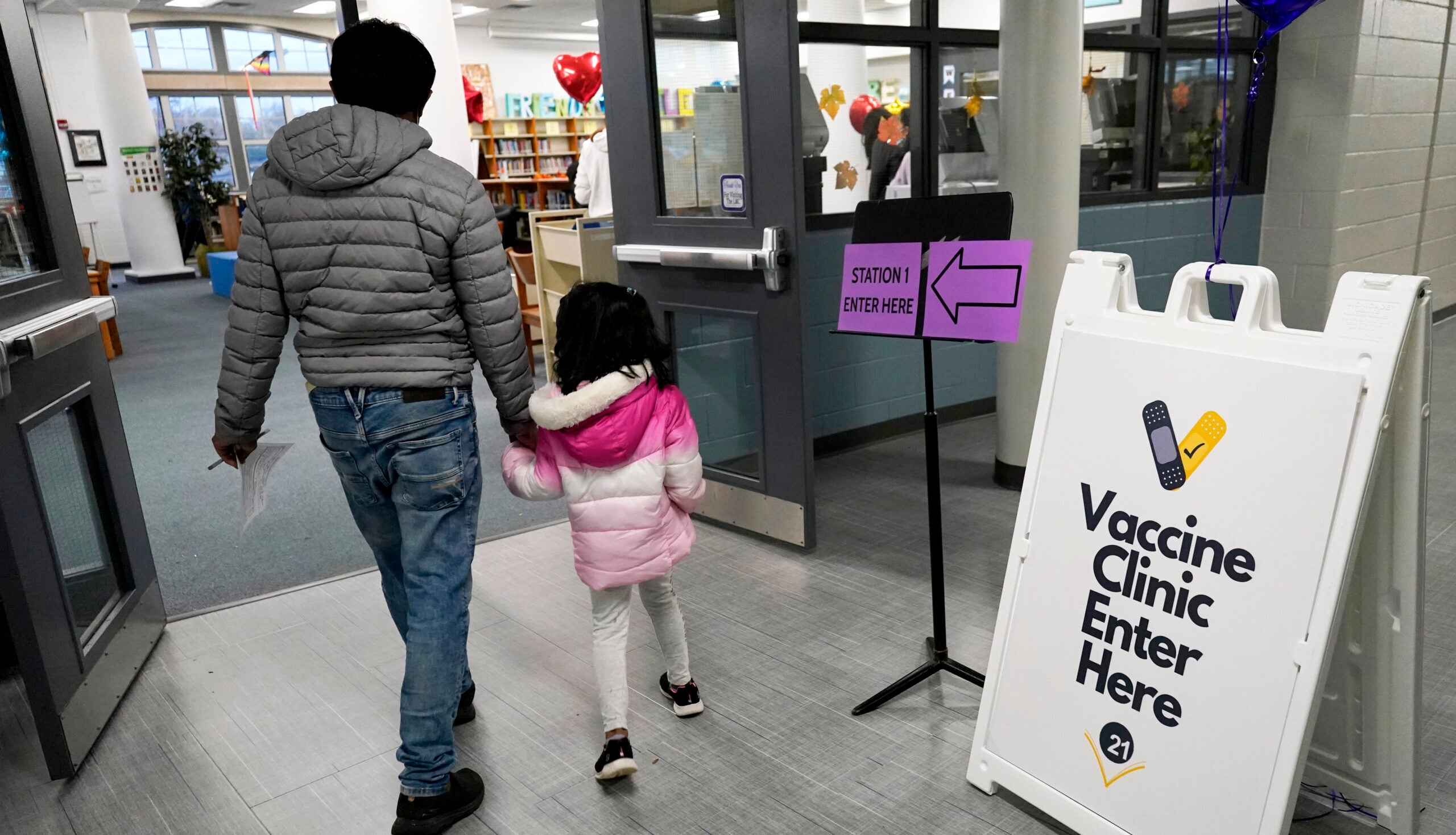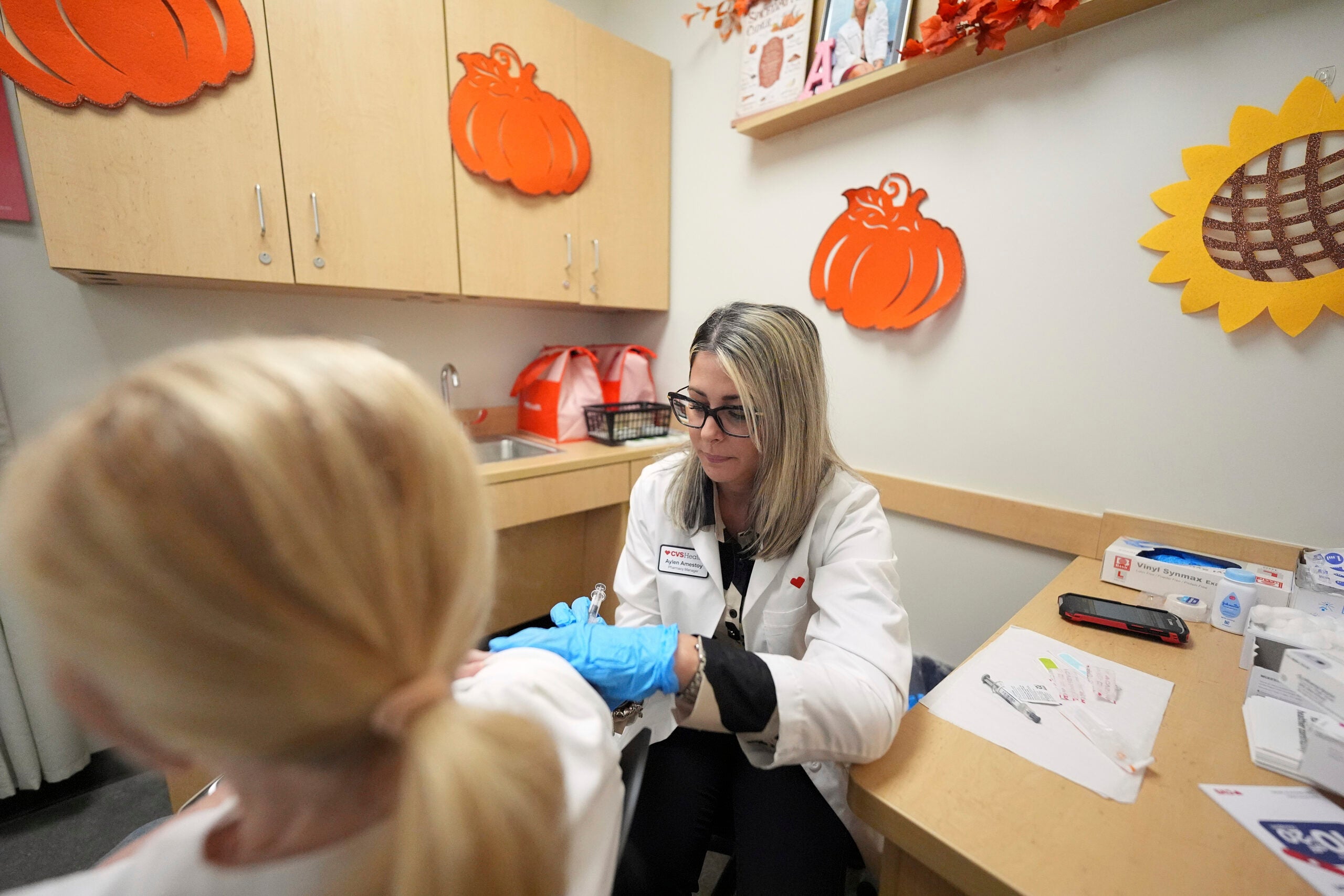Seven months after COVID-19 vaccines became widely available, some of the communities hit hardest by the disease in Wisconsin are still struggling to get shots in arms. Time, convenient access, and financial incentives have helped nudge vaccination rates upward in Latino and Asian populations, but across the state, Native American and Black communities continue to lag behind.
Statewide, 42 percent of Native Americans have received at least one dose of COVID-19 vaccine. This summer, several tribes in Wisconsin offered a $500 incentive for members and employees to get vaccinated. The Oneida Nation recently extended its Sept. 30 incentive deadline to March 2022.
This gives people more time to get vaccinated as cold weather drives more people indoors where there is more risk of picking up COVID-19.
News with a little more humanity
WPR’s “Wisconsin Today” newsletter keeps you connected to the state you love without feeling overwhelmed. No paywall. No agenda. No corporate filter.
“The best way to protect our community is to support COVID-19 vaccination by making it as easy as possible, and if that includes incentivizing families to do it, then that is the approach we need to take,” said Onedia Nation Chairman Tehassi Hill.
The number of shots given went up 20 percent with the incentive, but Hill said it needs to be higher. Oneida leaders said they hope to have 75 percent of the community vaccinated.
For most of the pandemic, active COVID-19 infections were in the single digits on the reservation, which is located in Brown and Outagamie counties. Nearly 58 percent of residents in those counties are fully vaccinated. But since September, Hill said there have been more than a dozen new cases on the reservation which peaked at more than three times that.
Last week, the Oneida Nation had to shut down its elementary and high schools for deep cleaning because of concerns about COVID-19, he said.
Since the pandemic began, communities of color have experienced higher rates of COVID-19 cases, hospitalizations and deaths. Compared to white residents in Wisconsin, Native Americans have 1.4 time greater death rates and Black residents have a hospitalization rate that is 2 times greater than white residents, according to the Wisconsin Department of Health Services.
Those disparities are also occurring across the country and these groups are less likely to have received a COVID-19 vaccine.
But there are signs that’s changing.
In Milwaukee County, half the COVID-19 vaccines are now going to racial and ethnic groups with lagging vaccination rates. Early in the pandemic, only 10 percent of vaccines were going to what Dr. Ben Weston called the “most vulnerable.”
“We’re making progress. But make no mistake, there’s more to be done. We continue to see lower vaccination rates and higher disease rates in our communities of color,” he said during an Oct. 12 briefing. Weston is an associate professor at the Medical College of Wisconsin and advises Milwaukee County on health issues.
Last week, state health officials announced the Department of Health Services would provide $40 million for COVID-19 response efforts, including programs promoting racial and geographic equity. The grants are funded through the federal Coronavirus Response and Relief Supplemental Appropriations Act.
Wisconsin Public Radio, © Copyright 2026, Board of Regents of the University of Wisconsin System and Wisconsin Educational Communications Board.




